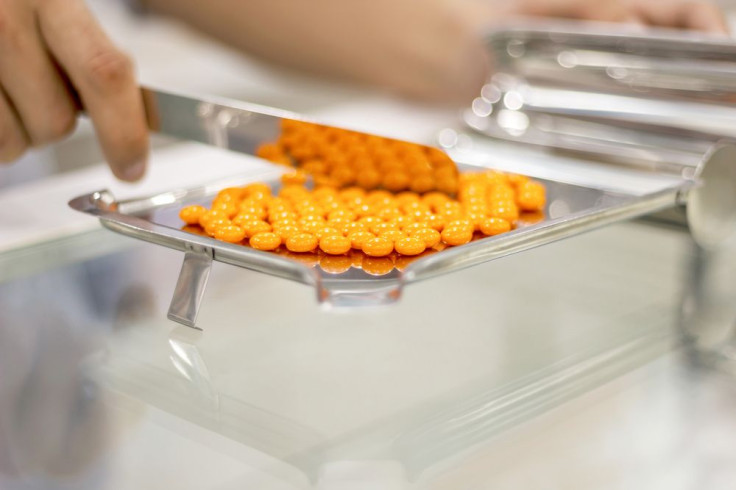National Pharmacist Day 2015: Pharmacists Do More Than They Used To, And We Should Be Thankful

If you live in the U.S., there’s a chance you don’t give your pharmacist enough credit. Sure, they’re reminiscent of every other person that works at your local pharmacy store, but they’re actually a treasure trove of knowledge. Monday, Jan. 12, marks National Pharmacist Day 2015, a day to commemorate and thank your local pharmacist for the work they do.
Pharmacy has changed a lot over the last century. What was once a profession solely meant to prepare and dispense prescription drugs is now a lot more intimate. Pharmacists today are still privy to the chemical makeup of each and every drug you’re prescribed, but they’re also capable of telling patients exactly which drug is suitable for their body, as there’s typically more than one drug for any one condition or disease. This is important, for example, when a patient has multiple diseases, such as hypertension and diabetes, and a drug they’re prescribed can help one condition while worsening the other.
Aside from giving patients advice on drugs, pharmacists are also deeply involved in the health care of patients, especially in poor communities, where going to a doctor’s office can be unaffordable. Many of them are part of community health programs and seminars, which teach patients about health and disease — sometimes they specialize in specific areas, like asthma or diabetes, and provide advice and services. And more recently, they also began administering vaccines, such as the flu shot. Between 2008 and 2011, the number of pharmacists able to administer flu shots rose from 60,000 to 150,000, NPR reported.
“The healthcare landscape in our nation is changing and pharmacists are no longer simply dispensing medication,” said CVS Caremark’s President and CEO Larry Merlo, while commemorating American Pharmacists Month in October 2013, in a press release. “Our pharmacists are also providing important health care services through innovative programs and services across our practice settings.”
So, not only are pharmacists making patients’ lives easier through improved services, but we’re now able to get advice on blood pressure in the same place as a gallon of milk. That’s taking convenience to a whole new level.



























